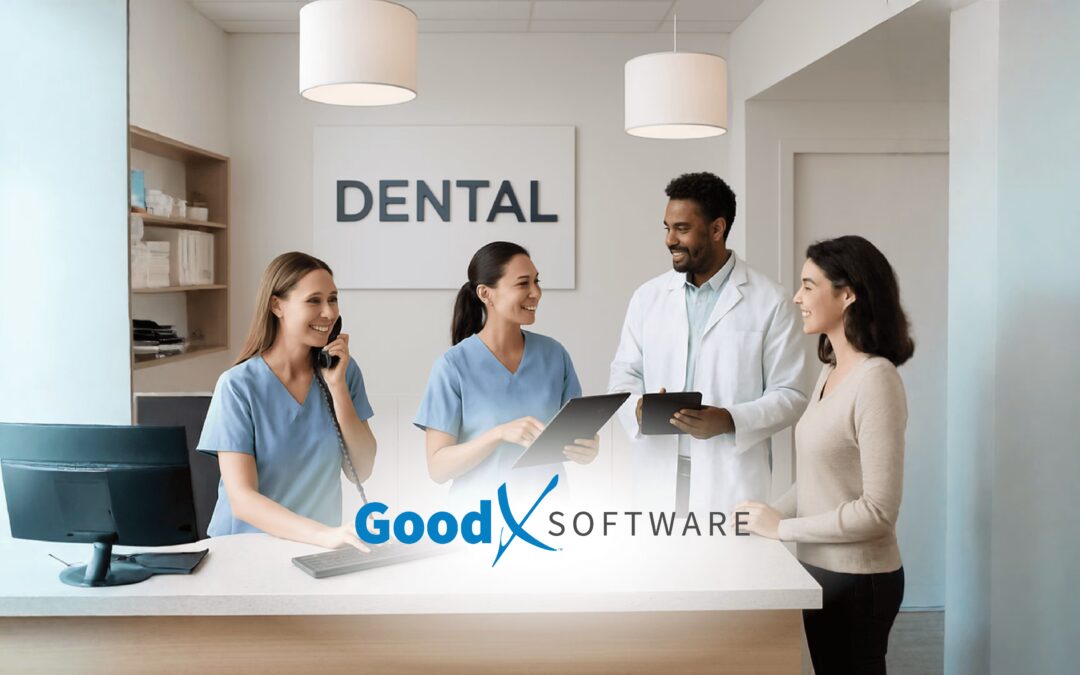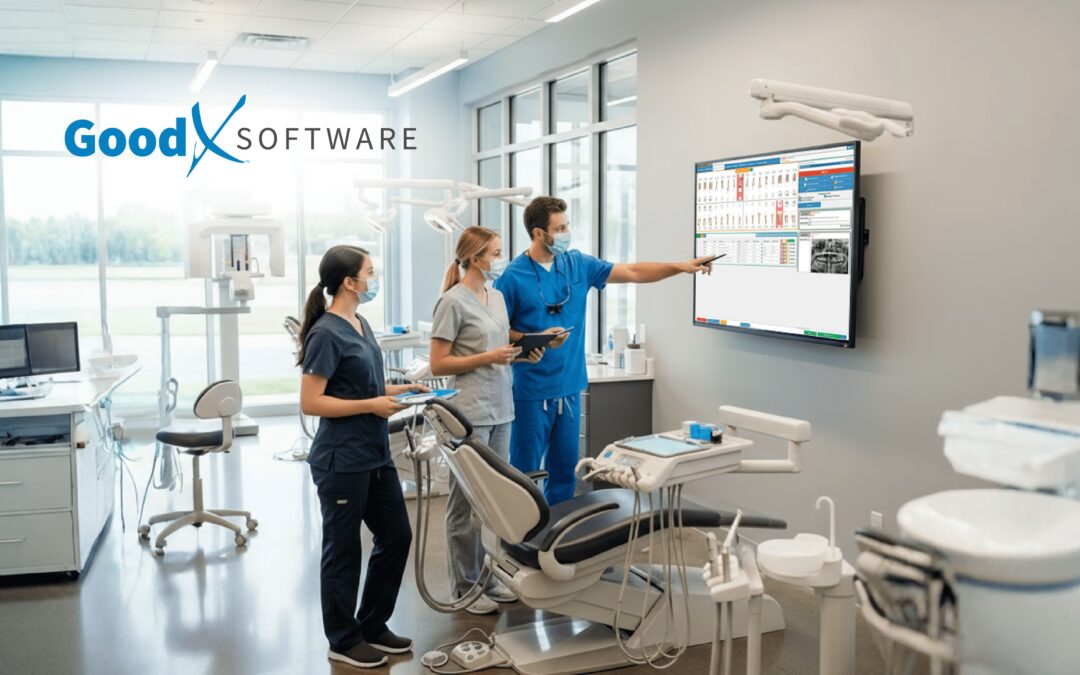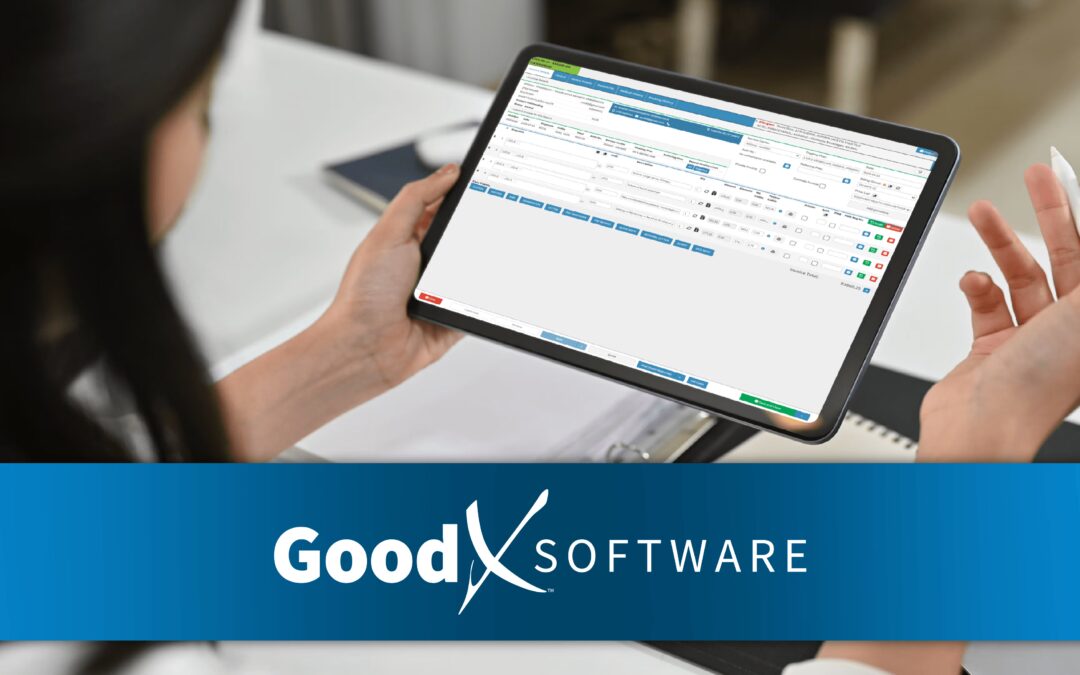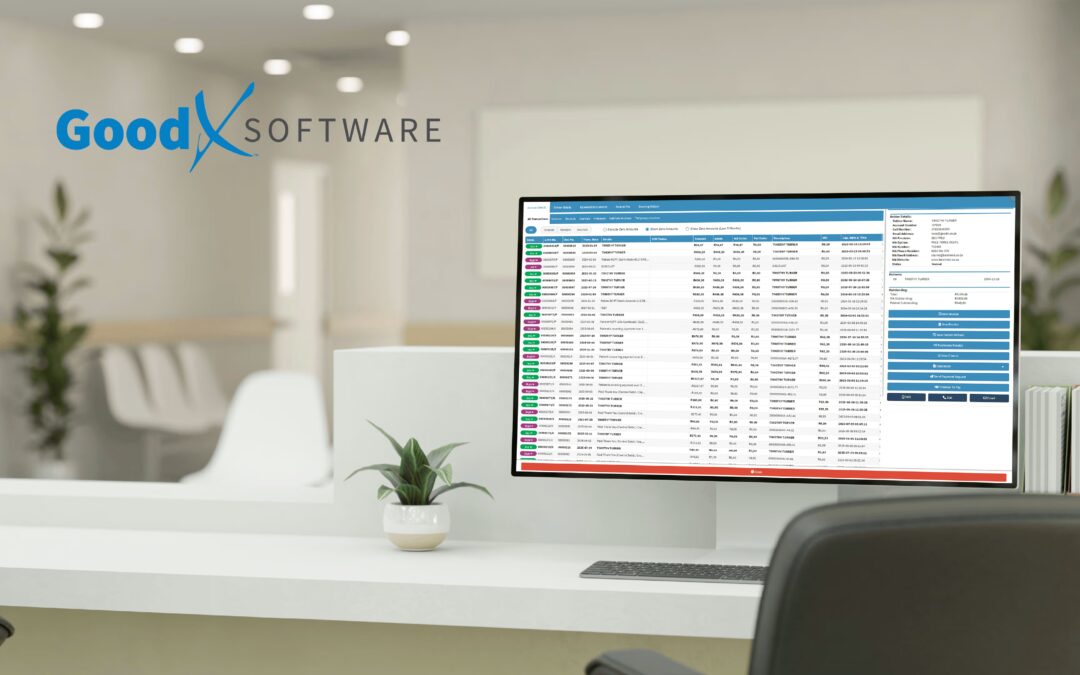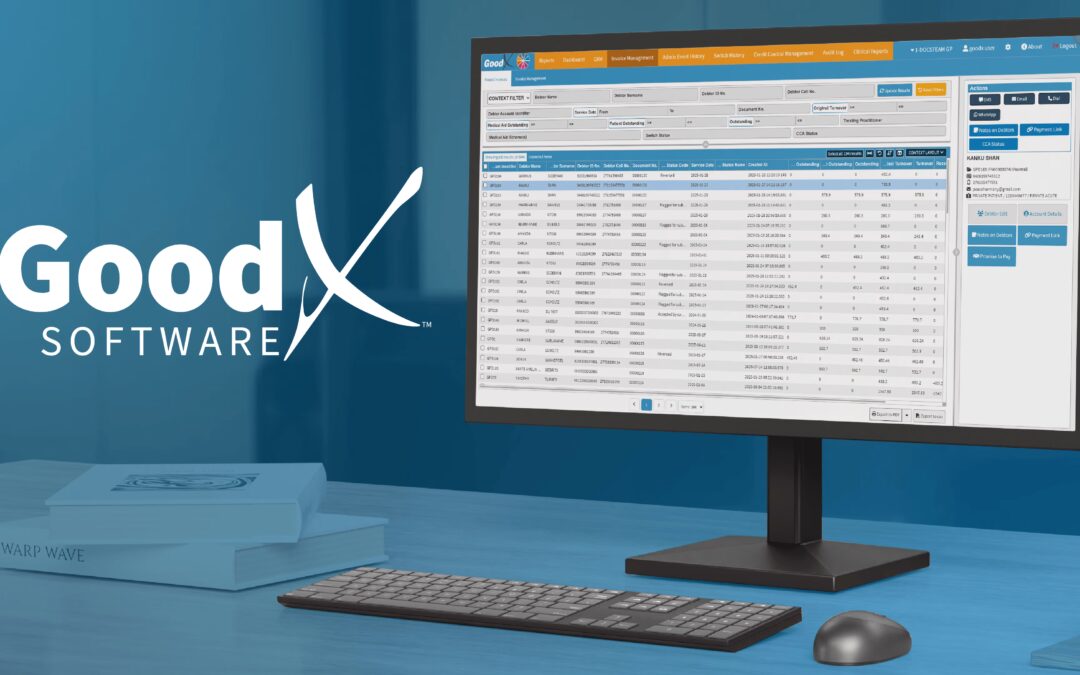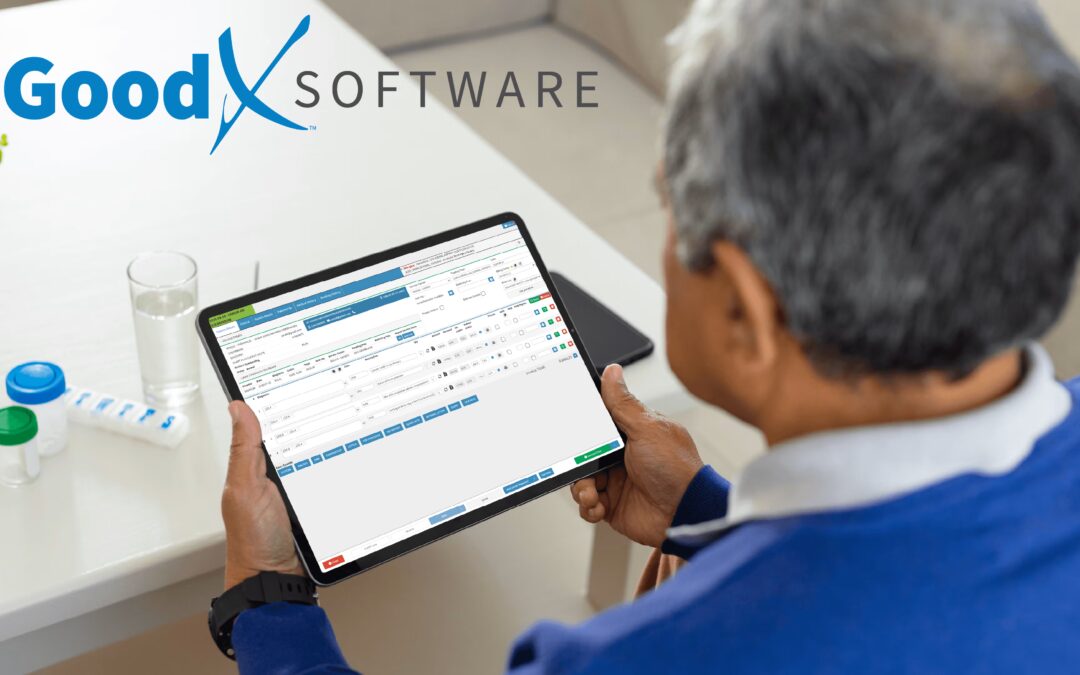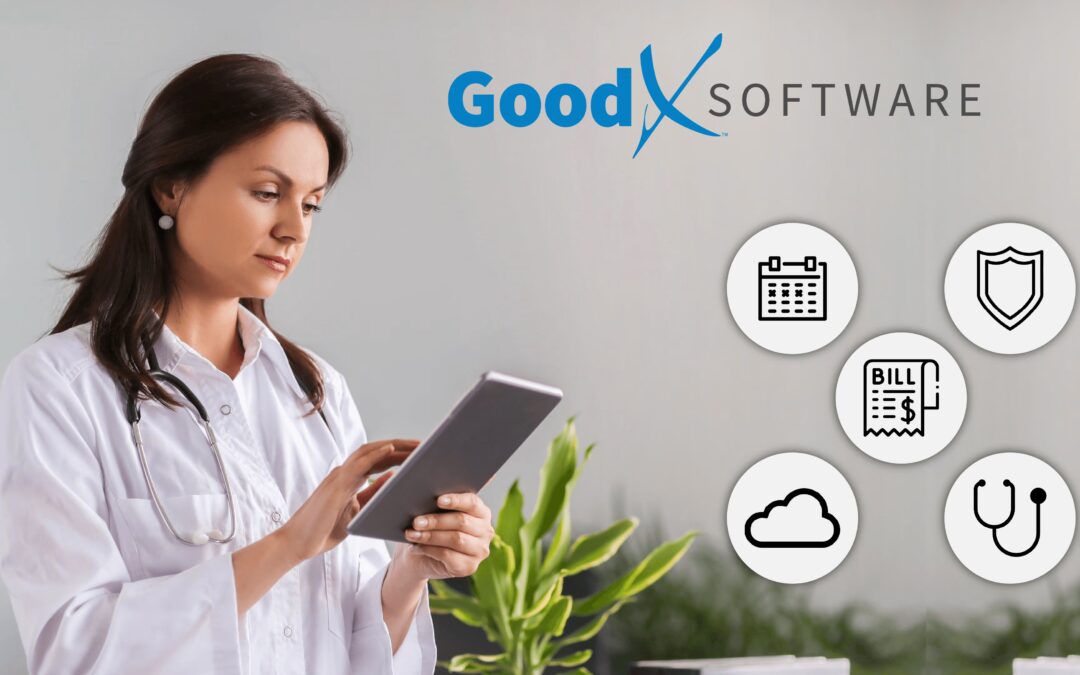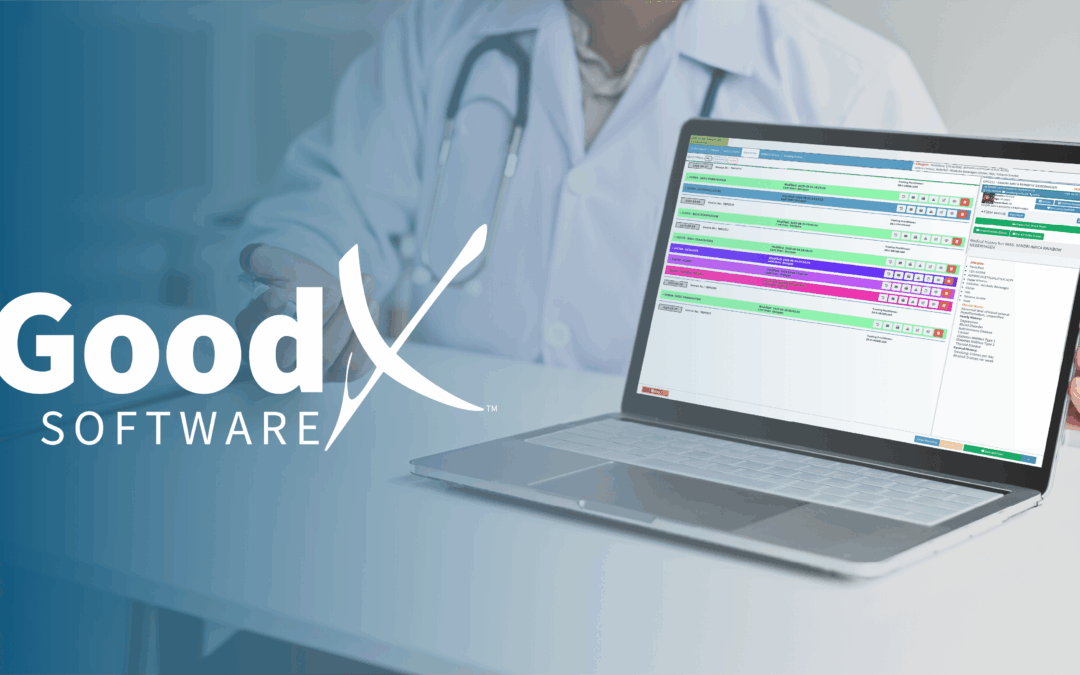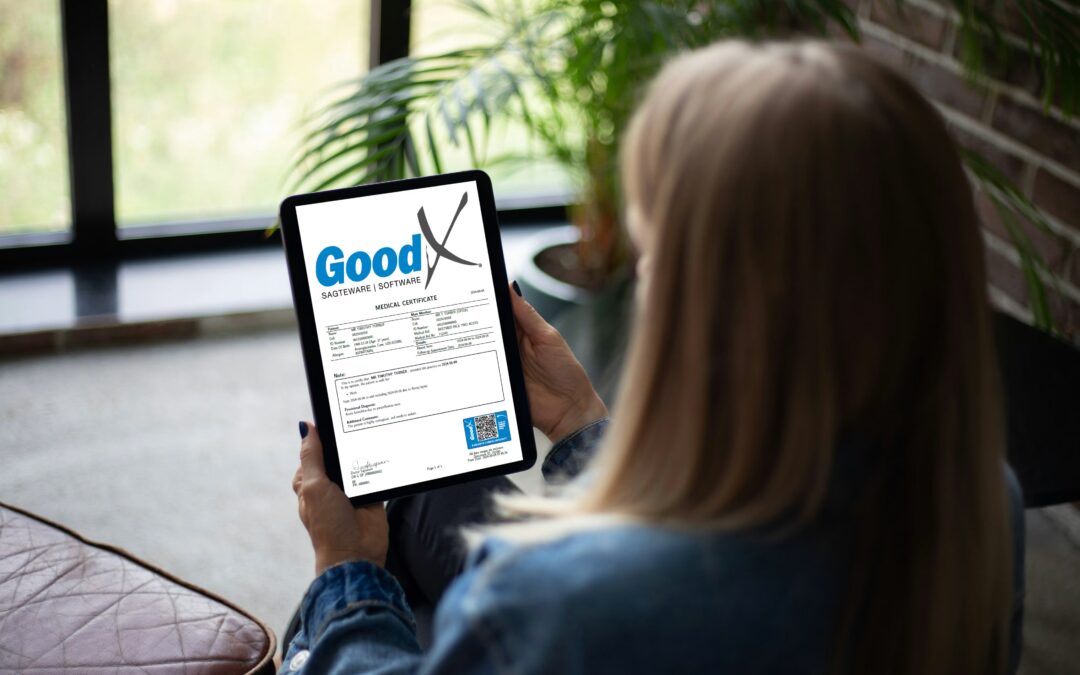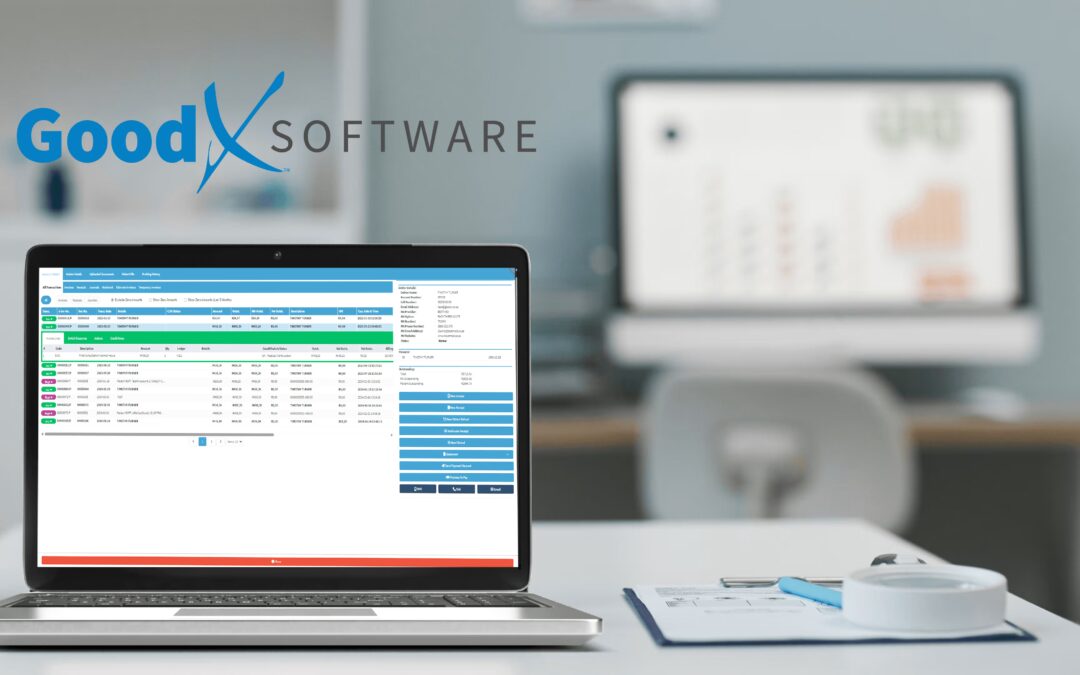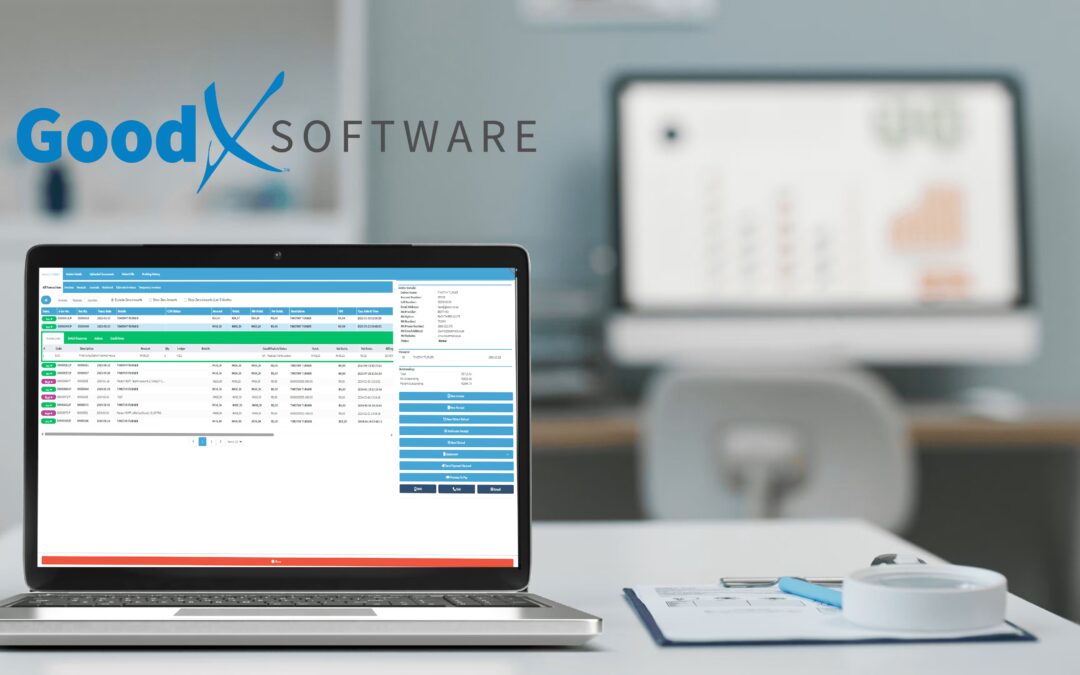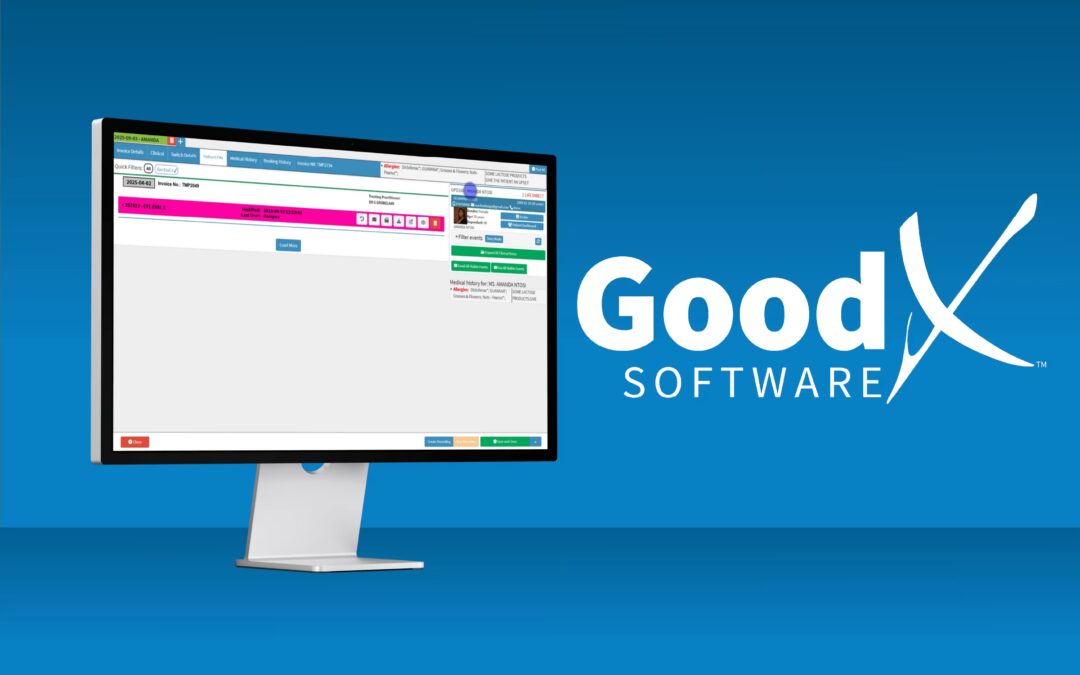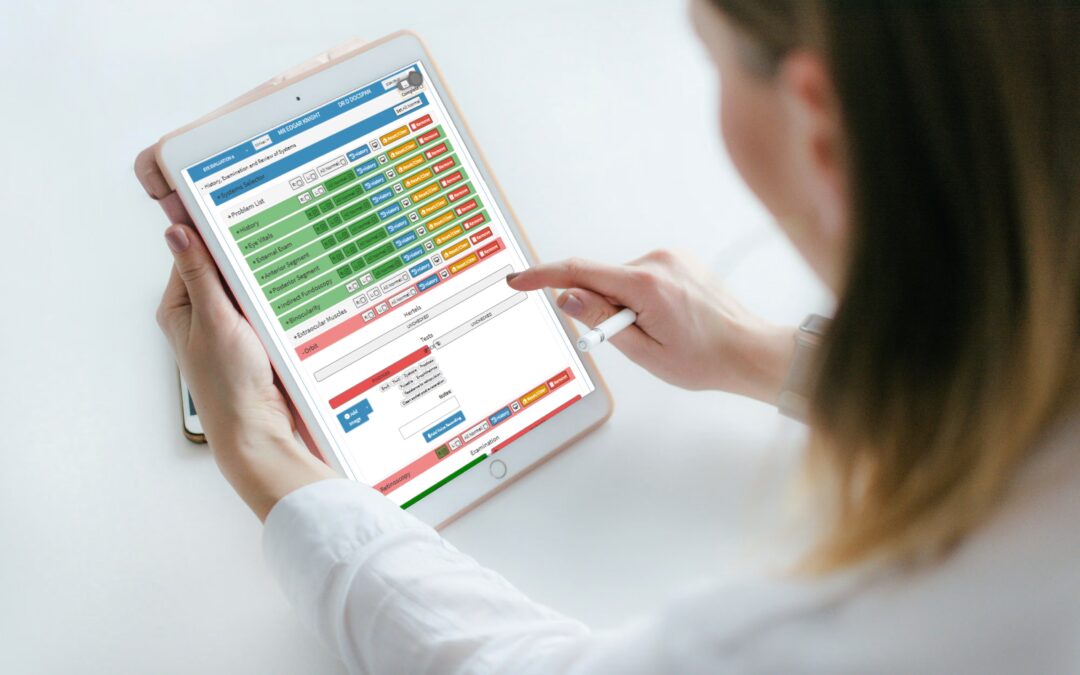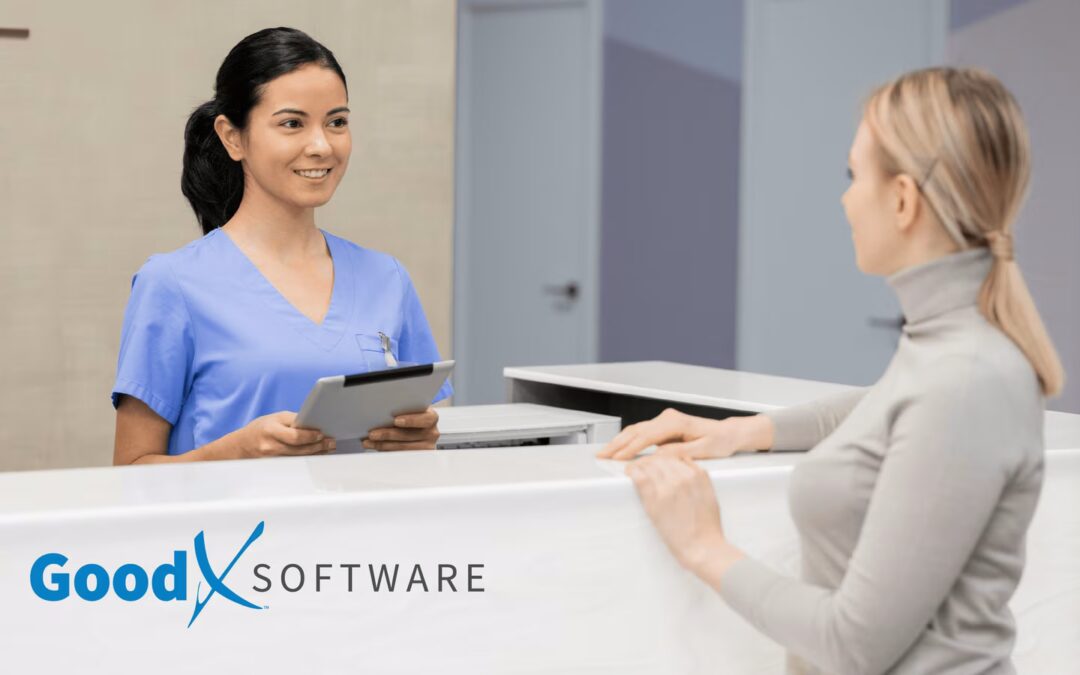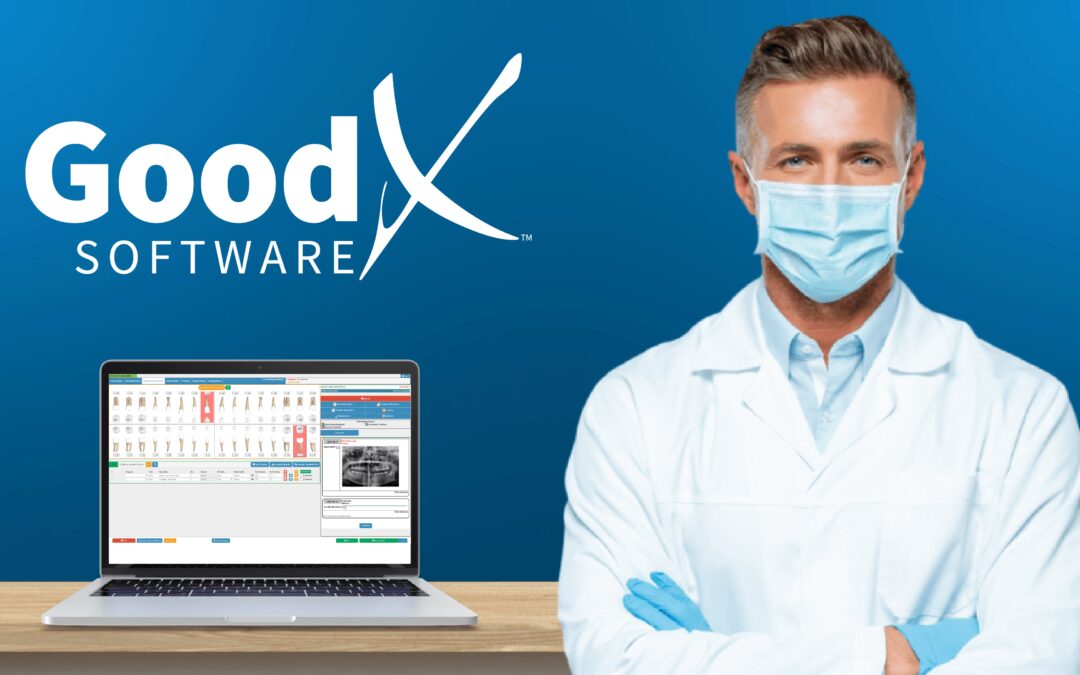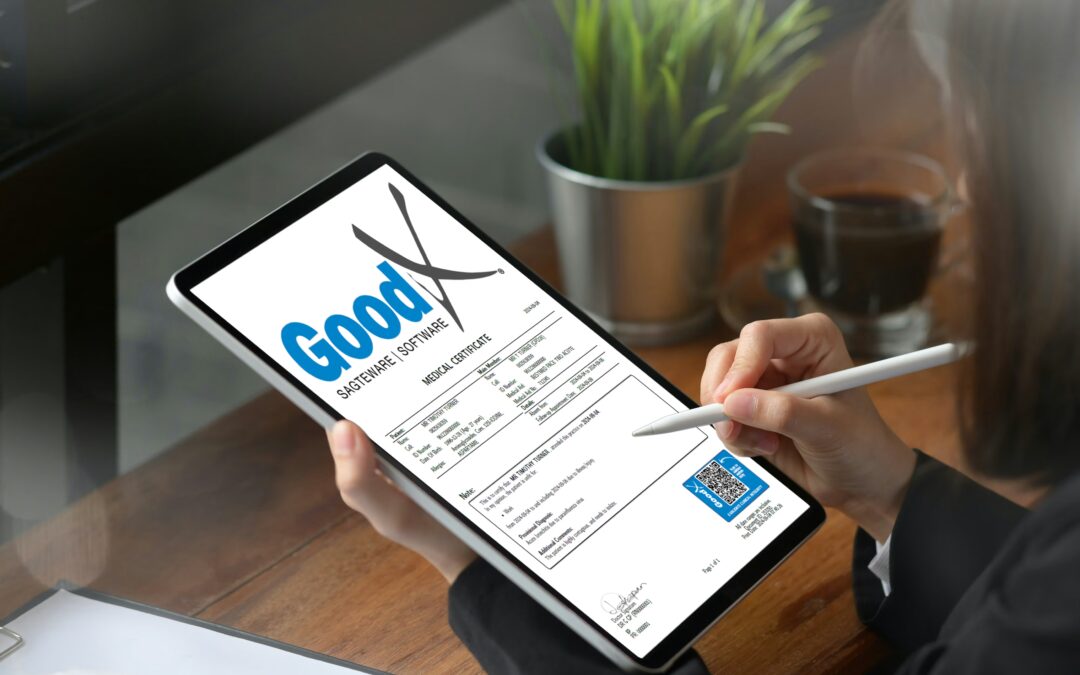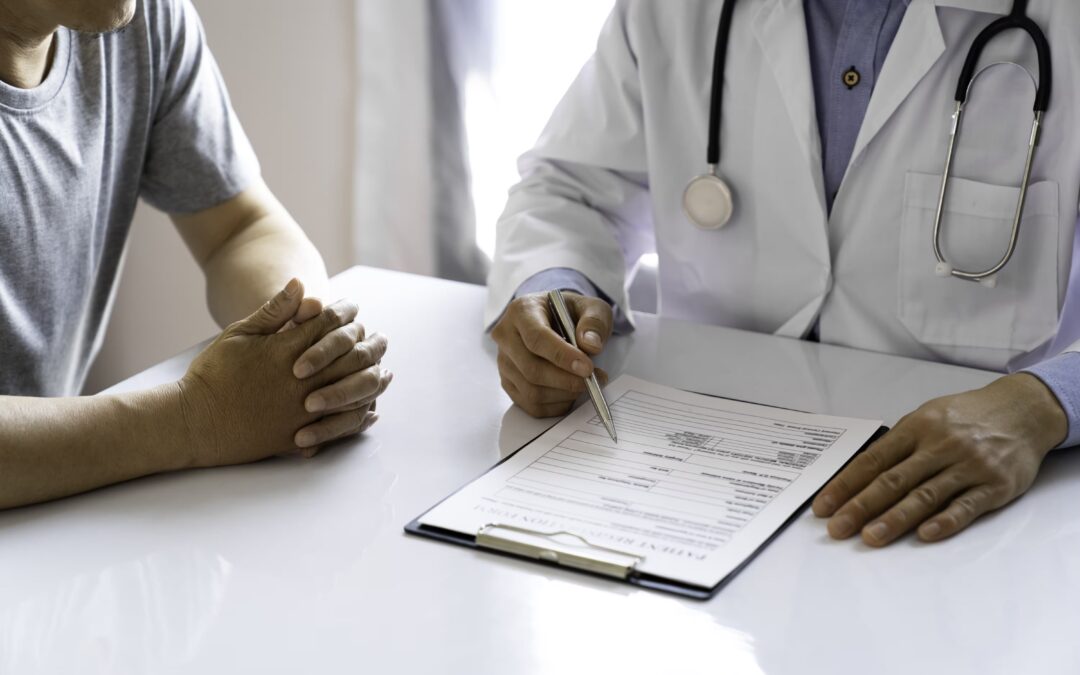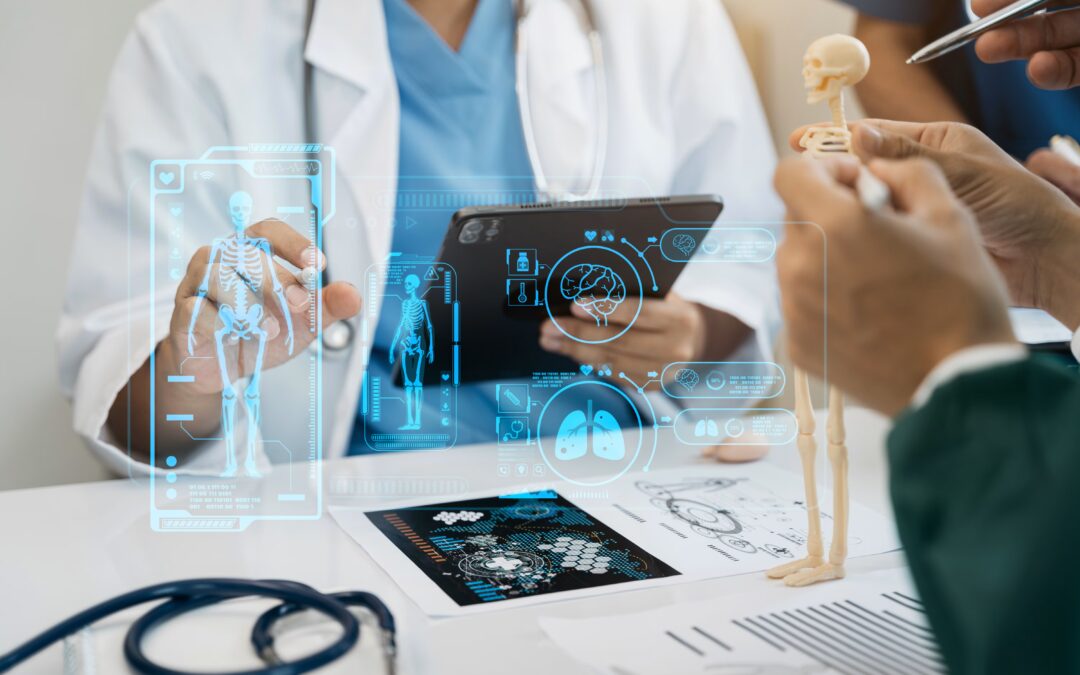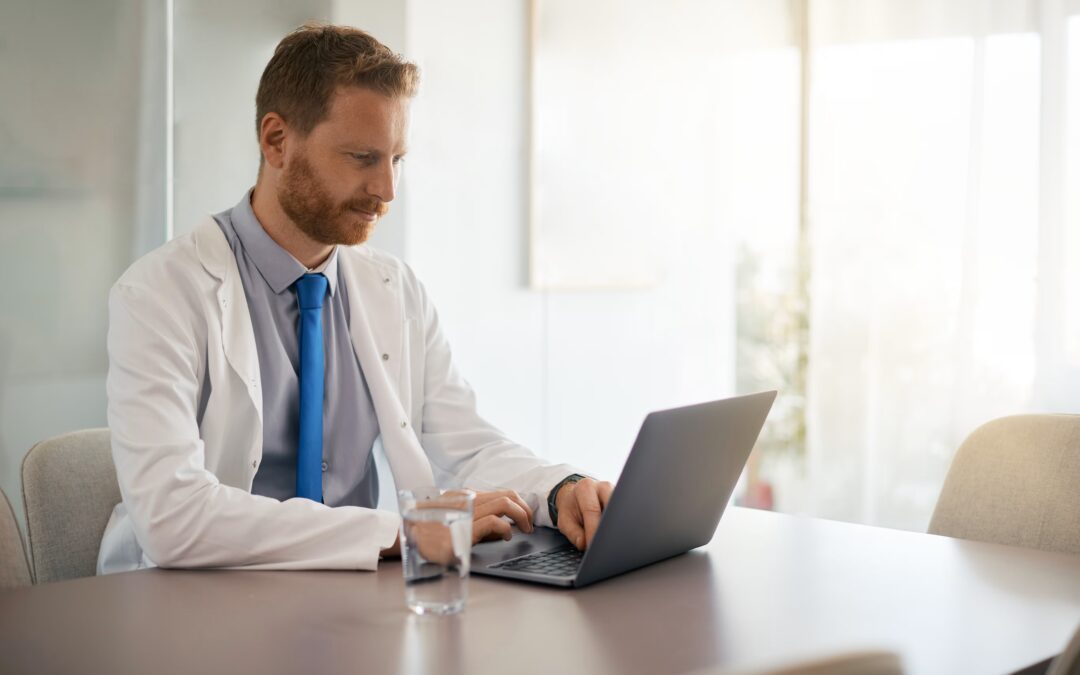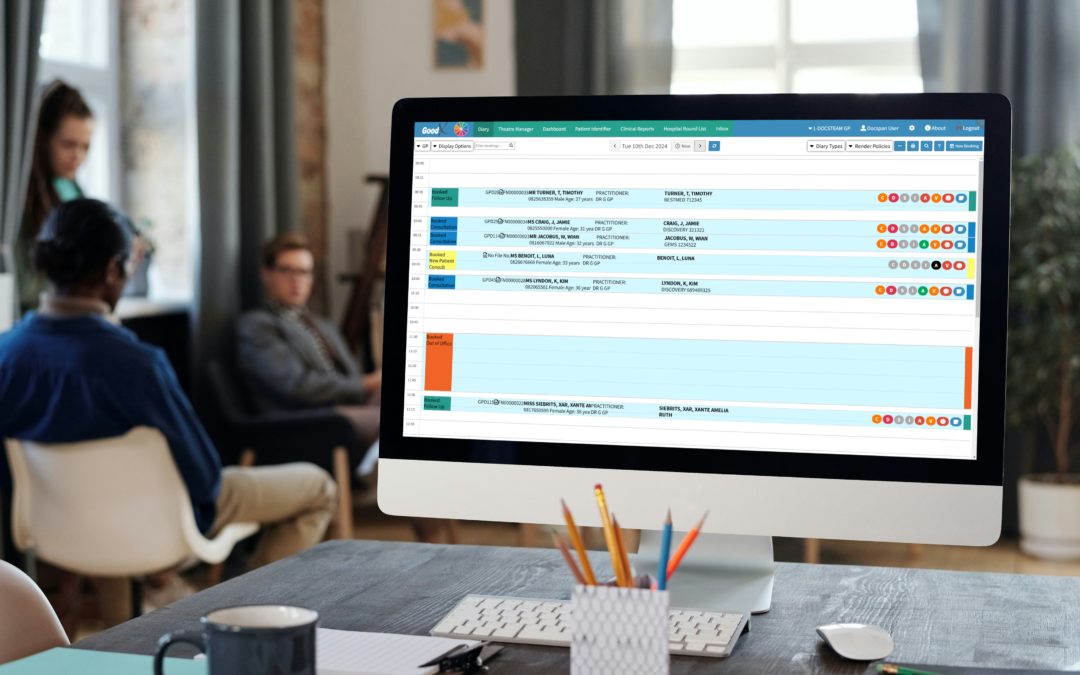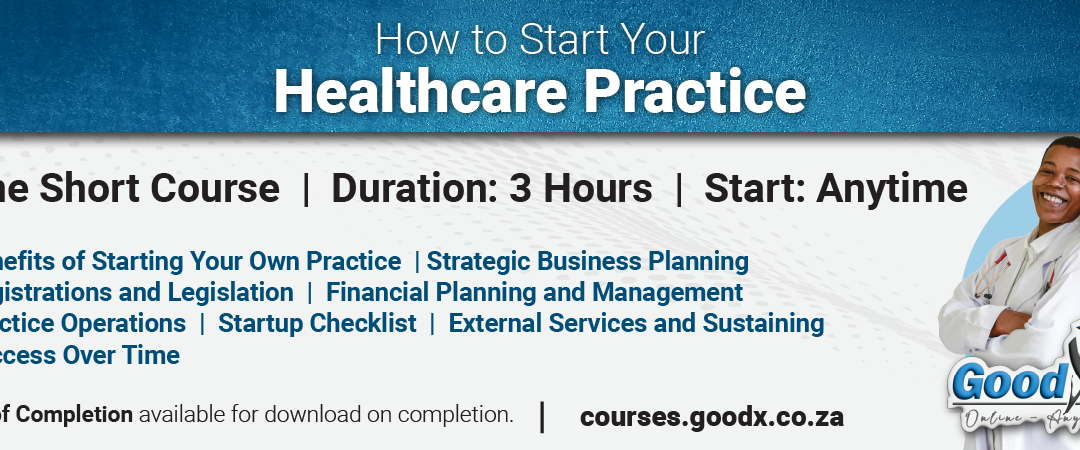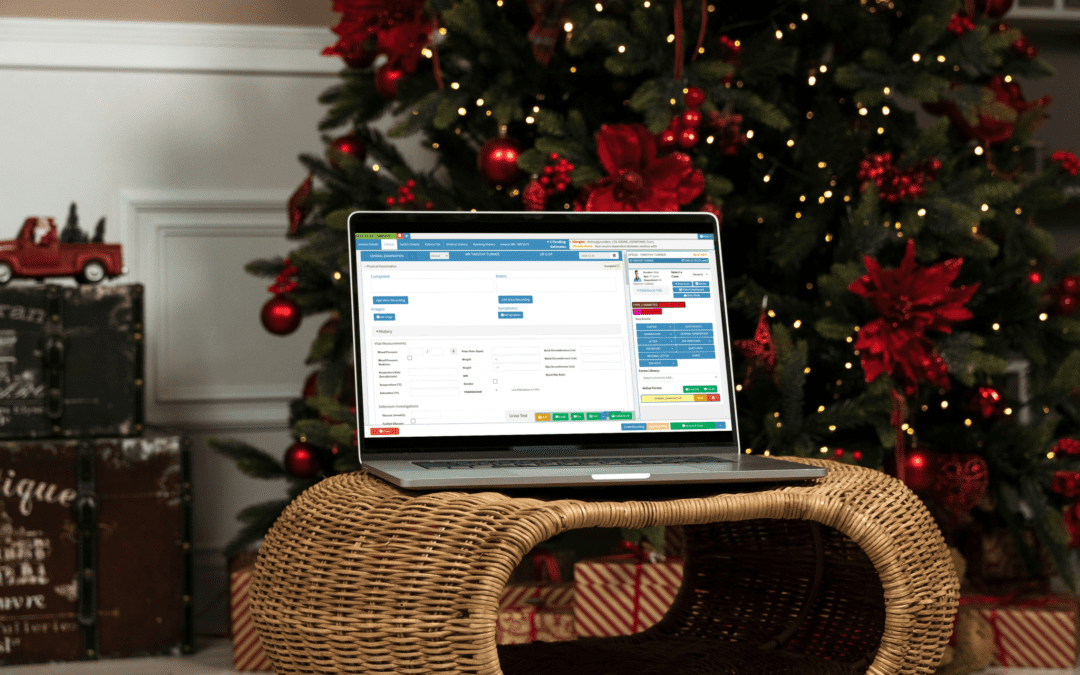Technology is essential to modern healthcare because it makes processes more efficient and enhances patient care. One such development is the incorporation of AI-powered SOAP notes into healthcare software. In healthcare settings, SOAP notes are a popular way to document patient information because they are consistent, structured and comprehensible. By incorporating SOAP notes into clinical software, healthcare practices can increase productivity, facilitate better communication, and improve patient outcomes.
In this article, we’ll explore the importance of SOAP note integration and discuss the benefits of this approach to healthcare practices. But first, let’s get on the same page with the definitions.
Key terms – minus the jargon overload
In clinical notes, SOAP is the acronym for Subjective, Objective, Assessment, and Plan.
- Subjective
This section covers the patient’s reason for the visit, including symptoms, onset, severity, frequency, affected areas, and relevant history (family, social, past/present illnesses). - Objective
This section covers measurable data such as vital signs, physical examination findings, allergies, and test results, such as blood work or imaging. - Assessment
This includes the physician’s analysis of diagnoses, treatment response, and patient progress. It summarises findings without repeating earlier sections. - Plan
The treatment strategy, including medications, procedures, tests, referrals, goals, and follow-ups, is detailed, and updates are included if an existing plan is being modified.
Streamlining Documentation Processes
The conventional method of documenting health information is prone to mistakes, omissions, and inconsistencies, especially when captured on paper. Handwritten notes are often difficult to read, and manual record-keeping occupies precious time that may be better spent on patient care. Healthcare practitioners can standardise the documentation process and ensure that all crucial details of patient contacts are recorded orderly and uniformly by directly integrating SOAP notes into clinical software.
Using voice-to-text technology, clinicians may swiftly enter data under the structured sections in the SOAP note templates integrated into the system. This guarantees that important information, including patient history, examination results, diagnoses, and treatment plans, is thorough and easily accessible. The outcomes are less time spent on paperwork, better continuity of service, and fewer errors.
Enhancing Communication and Collaboration
Clear communication and cooperation between healthcare providers are essential to successfully treating patients. Integrating SOAP notes into a digital system facilitates the instantaneous exchange of patient data among various healthcare team members. Whether it’s doctors, nurses, specialists, or administrative personnel, everyone may access up-to-date patient records whenever needed.
Because all team members are well-informed about the patient’s healthcare history, present state, and recommended course of treatment, care coordination is enhanced. For instance, a specialist can read the complete healthcare history without waiting for paper files to be provided, and a doctor can rapidly evaluate a nurse’s symptom notes. This smooth information flow guarantees the patient receives timely and appropriate care while reducing decision-making delays.
Improving Clinical Decision-Making
Complete and accurate documentation is necessary for making clinical decisions. The methodical nature of SOAP notes facilitates monitoring a patient’s development over time, enabling healthcare professionals to spot trends, see possible problems before they become serious, and modify treatment regimens as needed. When SOAP notes are included in clinical software, they become part of a bigger database that may be examined for patterns and results.
Boosting Efficiency and Productivity
Integrating SOAP notes into clinical software enhances patient care quality and boosts the healthcare practice’s efficiency and productivity. By reducing manual data entry time, staff members can concentrate on other essential duties, such as patient involvement and treatment planning. Practice administration is further improved by the software’s automated procedures, which include reminders for follow-up visits and prescription renewals. Integrating clinical notes with billing capabilities enhances accurate claim administration.
Ensuring Compliance and Security
Healthcare practices must follow strict regulatory guidelines regarding patient information security and confidentiality. The incorporation of SOAP notes into clinical software facilitates compliance with regulations like the Protection of Personal Information Act (POPIA). According to these standards, access to patient records must be limited to authorised individuals and preserved securely.
Clinical software should include advanced security features like encryption, multi-factor authentication, and audit trails, offering extra safety for patient data. By incorporating SOAP notes into a safe digital platform, healthcare practices can lower their risk of data breaches and stay in compliance with legal requirements.
Any healthcare practice hoping to improve patient care, increase operational efficiency, and comply with regulations should use reliable software that integrates SOAP notes into its clinical software. This strategy can significantly benefit both healthcare providers and their patients by reducing paperwork, encouraging teamwork, and enhancing clinical decision-making.
Adopting cutting-edge strategies like SOAP note integration will be crucial as the healthcare industry changes to maintain competitiveness and provide high-quality care. By adopting these technologies, healthcare practices can streamline their operations, lessen the workload associated with administration, and eventually enhance patient outcomes.
If you want to learn more about how GoodX Software can help you make clinical note-taking a smoother and more efficient process, contact us to request a demo.

